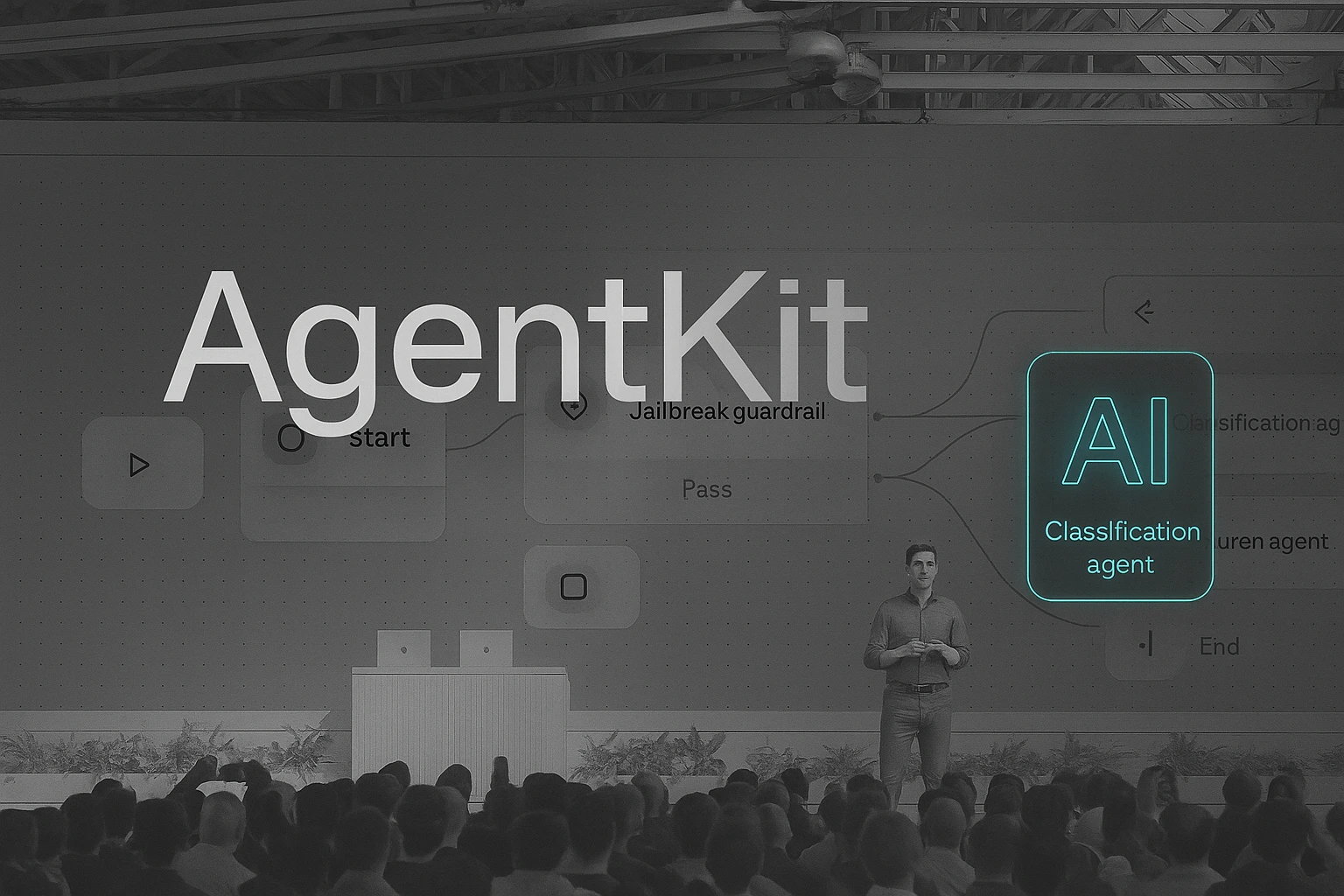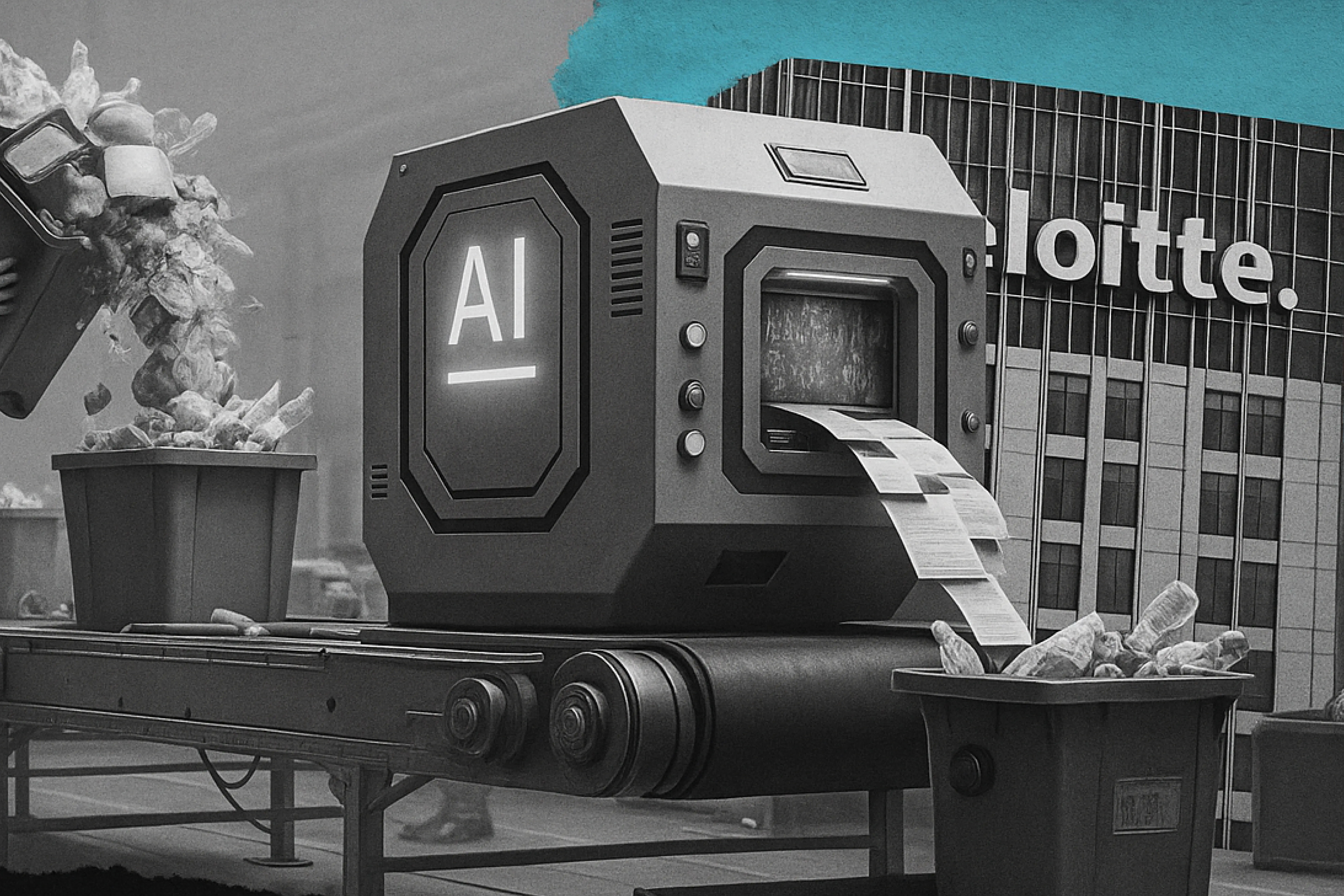
at
Key Takeaways
Bringing all the stakeholders together to find the right validation might be one of the most important derisking actions that are taken at the beginning.
A start-up is a living organism, which in order to survive needs to have all its functions working together towards a common goal. Stakeholders from complementary areas can help each other by offering perspectives from different angles on the same problem.
The incipient phases of a start-up are the clarity-gaining phases. While building the start-up fundamentals, the team inevitably goes through multiple workarounds aiming to attain the initial vision. In other words, the validation process is a natural moment of a start-up build-up.
To validate smartly and efficiently implies prioritizing well, but to prioritize at its finest, you need:
- to strategize as clearly as possible the stages of the start-up,
- the skills needed for each chapter, and last but not least,
- who has those skills and the availability to make it happen now?
To increase the chances of success and minimize resource waste, a start-up should have the right people involved at the right time.
Breakthrough the fear of validation: bring the experts together
Along the way, I have identified multiple reasons for product owners to avoid bringing all the relevant stakeholders at the same table from the very beginning. Here are the most common:
- Lack of availability to join the conversation
- Poor discipline and structure of the schedule
- Too long brainstorming meeting sessions
- Fear of losing the sense of the final goal
- Personal ego (I know better than others attitude)
- Time pressure impacting the decision process
- More resources invested that lead to confirmation bias
When starting each new journey the resources you need to juggle are the money allocated and the time of each person involved. Product owners often believe that by having each person focus on their own areas these resources are better used and are reserved in increasing the time spent in all hands on deck type of meetings.
This creates a lot of room for internal miscommunications and misunderstandings, as it focuses on the silo ntality instead of knowledge and information sharing. Factor in the time and cost spent in realignments and suddenly the extra time allocated for these meetings is starting to make more sense. But, in order for these to yield the expected outcomes, a clearly organized process needs to be set in place.
Specialized tasks highlight the skills of your team members, but are not enough. To create a thriving business, It is crucial to work together on deploying a commonly shared strategy.
That brings me to the confirmation bias of which we are all prone to as humans, not only as entrepreneurs.
When you have invested so many resources of all kinds in creating something, the further you go, the less willing you become to try and validate if that idea is worth pulling through all the way. With each moment in which the validation is disregarded the risks increase even more. And to not get to the point where you’re purely making decisions based on assumptions and luck, constant meetings with the stakeholders are key in considering the true situation instead of the way you want it to be.

Building a new product is inspiring, with passion being the driving force of the whole process. To succeed you need to take focused actions and move fast. The get things done attitude aligns perfectly with those. But, if it overcomes the normal pace to the point where meetings start feeling more like time-consuming, than natural steps towards the goal, the risk of creating misalignment within the team skyrockets.
In very short:
Communication is key.
What is not that easily seen is that communication with stakeholders might deteriorate over time.
This might happen for various reasons:
- not clearly communicating the strategy
- not having the chance to contribute to the strategy
- not committing to the strategy
If this is the case, the mistakes and challenges encountered along the way have a negative impact on the relation and the morale, as the stakeholders do not feel they had a say in the direction.
The vision is built through constant reality checks with the team.
Get into the habit of Outcome Checks
The reason for which most of us are reluctant when it comes to additional meetings is that it is so easy to fall on the other side of productivity and end up with meetings that have no actual outcome.
This reluctance is potentiated even more by having very busy stakeholders take part in them, such as your investors, advisors, or experts in the field. All these are solved by setting clearly defined roles and having the meeting agenda ready in advance.
It’s a common matter in decision-making that time pressure directly affects the quality of our choices. The validation process can seem too long and difficult, especially when intertwined with those time-pressing challenges that occur on a daily basis.
Thus, what struck me as amazing was how 5 days of focused deliberation brought to the surface aspects that can easily get overlooked when start-ups are at the beginning stages. The process and the set-up bring everyone to the same table. When each individual has a specific role and you brainstorm together in clearly defined working sessions the decision-making process exceeds expectations.

It’s like you would encapsulate that entire long and difficult validation process in only five days.
I had the chance to encounter along the way several founders and product owners who thought they had everything covered and that there were no other relevant perspectives to be considered. I can say with complete confidence that they did have a lot of knowledge and did understand how their markets functioned. However due to human limitations, certain perspectives got overlooked, and the outcome of their products did not meet their expectations.
What would have broadened their perspective? Proper product validation.
As there is no ‘I’ in the team, there is no ‘I’ in the product.
Success is the sum of everyone working together to reach the desired outcome.
Prototype the risks to create comfort when meeting reality
The most obvious risk is failing and with it, having to end the project. Even if in your case the money and time resources are not scarce, I still believe that if you had the choice to spend $1 or smartly invest it,
entrepreneurial spirits always seem to have a strong tendency to choose the latter one.
Invest smartly before to avoid losing the investments after
More and more entrepreneurs I meet ask me what is the most beneficial way to validate their ideas and make sure they don’t lose all their investment. Building an MVP can already be quite expensive, so I always advise them to bring the experts they need to one table and build the prototype. Then, test it out with real users. In alignment with that, Linnify created a smart working process to respond to those early business needs.
I’ve seen investments that amount to a few hundred thousand dollars lost, due to not having a clearly defined strategy for validating the market and not moving swiftly in an iterative fashion. Looking back, most of them had the same issue trying to move too fast and too big in a disorganized way. When you are down there on the battlefield it can be hard to stop for a moment to regroup and analyze before acting, but that is exactly what might make you win. Moving fast is more than just the speed of actions, is the thought behind the actions.
Get familiar with feedback to build products that are done with the doubt
The sooner you know what users think of your product the sooner you can make informed decisions. Everything else is similar to being in a dark room, not knowing what tools are laying around you, and trying to work with them. So, stop being afraid of people not liking or wanting your product and start searching for the switches to light up the room.
Contributors
Speakers
Guest
Host
Immerse yourself in a world of inspiration and innovation – be part of the action at our upcoming event

Download
the full guide
Let’s build
your next digital product.
Subscribe to our newsletter
YOU MIGHT ALSO BE INTERESTED IN
YOU MIGHT ALSO BE INTERESTED IN




















